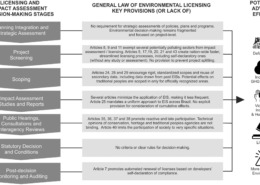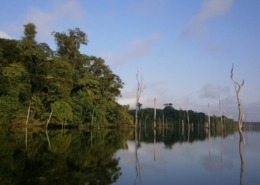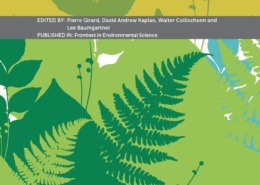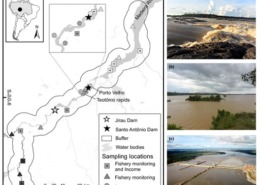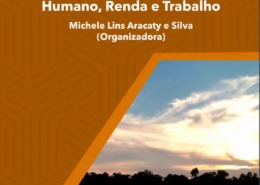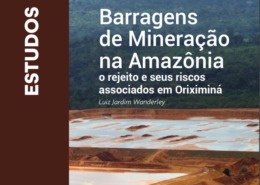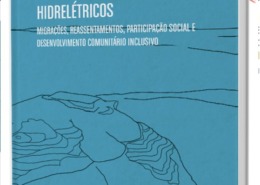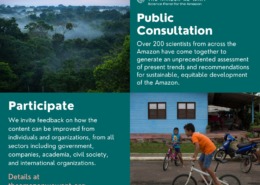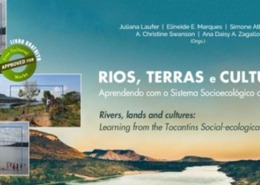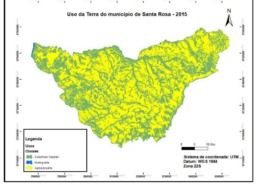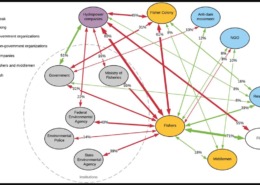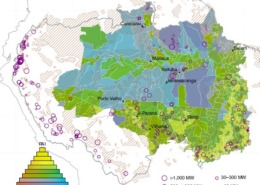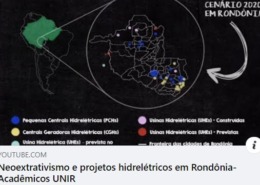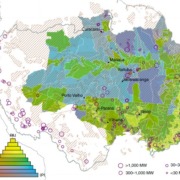New paper on rethinking dams / in-stream turbines
New paper out in the journal Nature Sustainability: In-stream turbines for rethinking hydropower development in the Amazon basin by Suyog Chaudhari, Erik Brown, Raul Quispe-Abad, Emilio Moran, Norbert Müller & Yadu Pokhrel.
Abstract
Given growing energy demands and continued interest in hydropower development, it is important that we rethink hydropower to avoid detrimental socioenvironmental consequences of large dams planned in regions such as the Amazon River basin. Here, we show that ~63% of total energy planned to be generated from conventional hydropower in the Brazilian Amazon could be harnessed using in-stream turbines that use kinetic energy of water without requiring storage. At five of the nine selected planned dam sites, the entirety of energy from planned hydropower could be generated using in-stream turbines by using only a fraction of the river stretch that large dams would affect. We find the cost (US$ kWh−1) for in-stream turbines to be ~50% of the conventional hydropower cost. Our results have important implications for sustainable hydropower development in the Amazon and worldwide through transition to power generation methods that meet energy needs while minimizing the negative socioenvironment impacts.

Chapter 2.3: River values, uses and decision-making
Os rios estão intimamente ligados à vida das pessoas, às estratégias de subsistência e à espiritualidade, além de abrigar uma impressionante diversidade de seres, culturas e relações humanas. O capítulo 2.3 “Valores e usos dos rios e tomada de decisão”, relata um exercício realizado com participantes da Rede Internacional de Pesquisa em Barragens Amazônicas durante o workshop Palmas 2018, enfocando os valores, métodos e métricas dos rios para avaliar esses valores e implicações para o gerenciamento e a tomada de decisões. Os participantes foram convidados a descrever três aspectos que mais valorizam em um ambiente fluvial e a declarar como eles mediriam, descreveriam ou monitorariam esses valores. A discussão e a análise evidenciaram a natureza pluralista dos valores mantidos pelos grupos humanos em conexão com os ambientes fluviais, cuja mensuração, avaliação e realização exigem uma diversidade de métodos e métricas, análises participativas de trade-off e processos adaptativos.
Rivers are closely connected to people’s lives, livelihood strategies and spirituality. The interconnected web of Amazonian rivers, forests and savannas is home to an impressive diversity of people, cultures and human relationships. The chapter 2.3 “River values, uses and decision-making”, reports on an exercise conducted with Amazon Dams International Research Network participants during the 2018 Palmas workshop, focusing on river values, methods and metrics to assess these values, and implications for management and decision-making. This article Participants were asked to describe three aspects they most value in a river environment, and to state how they would measure, describe or monitor these values. Discussion and analysis provided evidence for the pluralistic nature of values held by different groups in connection to river environments. Measurement, assessment and realization of these values requires a diversity of methods and metrics, participatory trade-off analyses and adaptive processes.
Download Link: https://www.editorafi.org/19rios
We note that for each chapter the Portuguese version is followed immediately by the English version.

